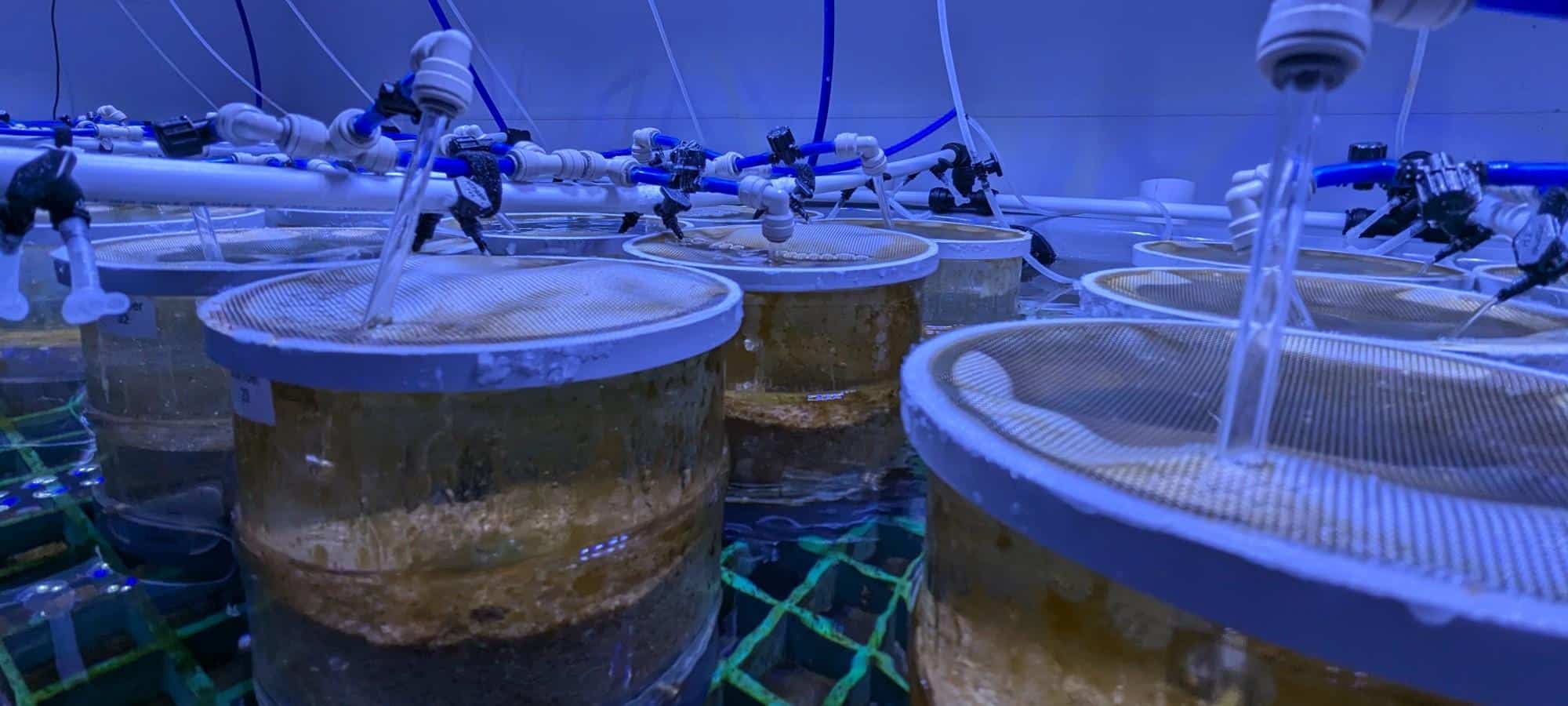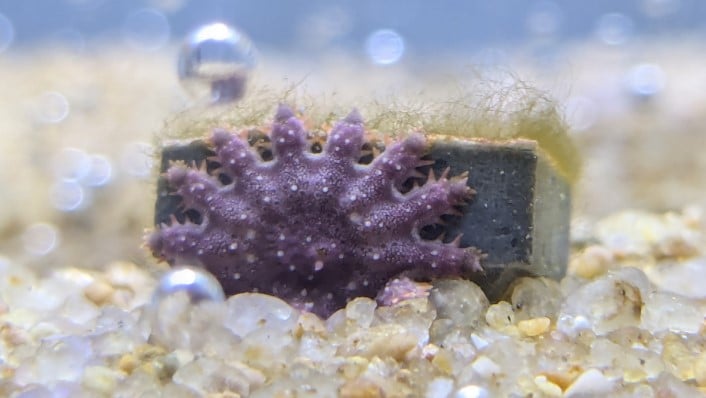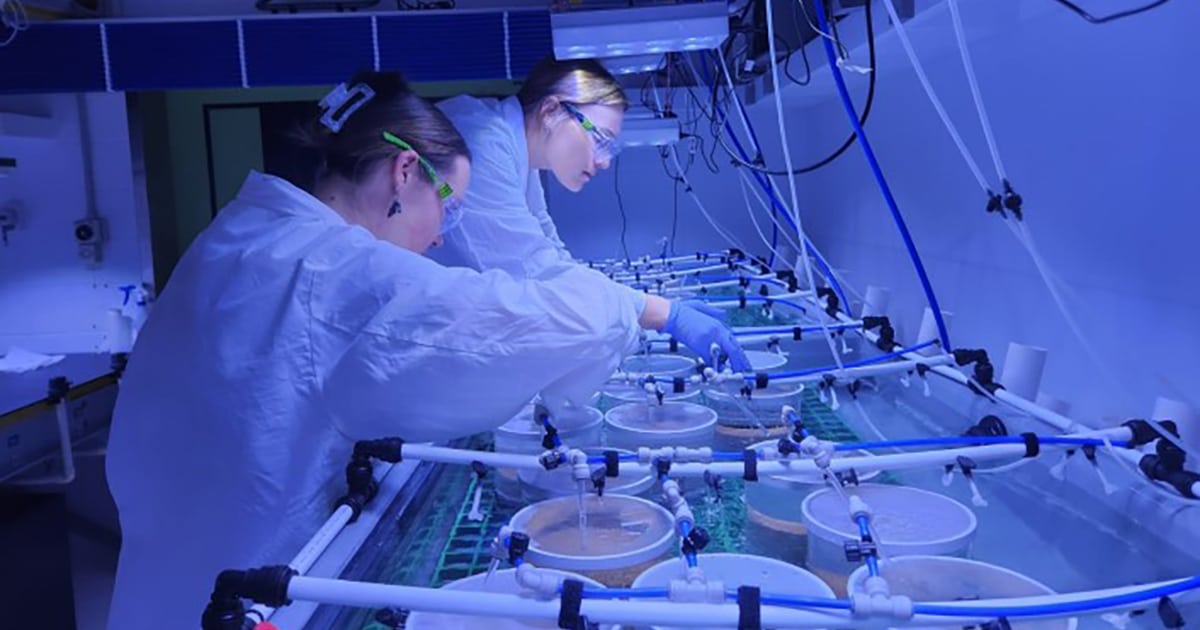Scientists from the Australian Institute of Marine Science (AIMS) and Australia’s Nuclear Science and Technology Organisation (ANSTO) are investigating the toxicity of different radiation doses to four marine organisms—a sea anemone, snail, starfish and a type of seafloor amoeba.
Radioactive elements occur naturally at low levels in soils, rocks, the seabed, and oil and gas basins. As oil and gas are extracted, these elements can be accumulated in infrastructure like pipelines, forming Naturally Occurring Radioactive Material (NORM), leading to higher levels of radioactivity than found in nature.
Accumulated NORM may be present in structures, and if left in the ocean following decommissioning, it may eventually leach into seawater and be released into sediments on the ocean floor, which may impact marine organisms.

AIMS researcher Dr. Darren Koppel, who is leading the experiment, said currently there was little data available which describes at what levels NORM from the oil and gas industry becomes dangerous to marine organisms.
“The experiment will help operators and regulators understand the environmental risk of infrastructure like pipelines with residual levels of NORM, helping to guide decision-making around whether this infrastructure should be removed or safely left in the ocean,” said Dr. Koppel.
Using facilities in the National Sea Simulator at AIMS’ Townsville headquarters, scientists have dosed marine sediments collected at the AIMS jetty and beach with specific amounts of NORM and then placed the organisms in the sediments to determine concentrations above which the organisms may start experiencing harm.
The team also extracted eDNA from the sediments to understand and characterize the bacteria biodiversity and to see whether the radioactivity brought about a change in the bacterial community over the course of the four-week experiment.
The results will be published in peer-reviewed journals.

Dr. Koppel said the experiment would be a step toward helping Australia understand whether it will meet its international obligations around oil and gas infrastructure.
“The default position in Australia is that all offshore oil and gas infrastructure must be removed from the ocean when it is no longer being used,” said Dr. Koppel.
“But leaving infrastructure in situ may be allowed if the oil and gas operator can demonstrate this will result in an equal or better environmental outcome than removing it, that any environmental risks and impacts will be acceptable, and leaving it will comply with Australia’s obligations under international conventions.”
AIMS scientists are also investigating other aspects of the decommissioning question, including the habitat value of offshore structures and whether they can help maintain populations of marine species (including invasive ones and those important for Australian fisheries) by aiding dispersal processes.

